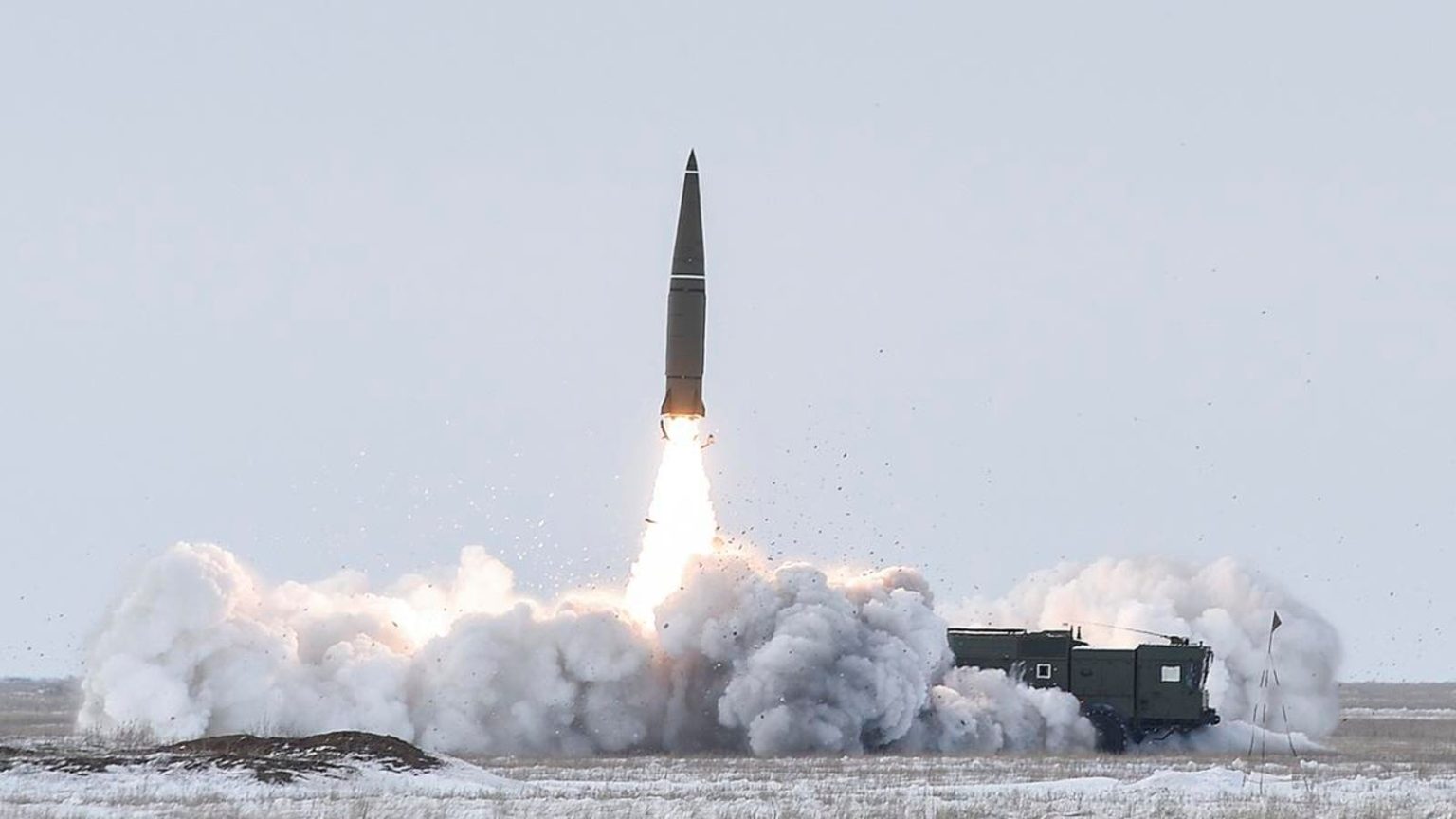As World War II drew to a close, Soviet and Western officials raced to scoop up Nazi rockets and Nazi rocket scientists. In May 1946, the Soviet Union created a new rocket test range outside Moscow, in part to experiment with ex-Nazi V-2 rockets.
In many ways, the Kapustin Yar range is the birthplace of the Soviet space program. Tests of the V-2s spurred the development of domestically made rockets that lofted the first Soviet satellites into orbit.
Seventy-seven years after the first captured V-2 blasted off from Kapustin Yar, the sprawling range—3,000 square miles in area, according to a U.S. Central Intelligence Agency assessment from the 1990s—is a target in Russia’s wider war on Ukraine.
On or before July 9, at least one Ukrainian drone reportedly struck a rocket assembly building at Kapustin Yar, setting it ablaze. “The historic test range in Kapustin Yar, where Stalin’s rocketeers were learning to fly Nazi ballistic missiles in 1947, is apparently being de-nazified by Ukrainian drones!” quipped Russian space historian Anatoly Zak.
It’s the second Ukrainian strike in two weeks targeting a Russian space facility. In late June, Ukrainian drones struck the NIP-16 space communications facility in Russian-occupied Crimea. The Russians apparently use the powerful radios at NIP-16 to communicate with military satellites, so it makes sense that the Ukrainians would target it.
Exactly what the Ukrainians are aiming to achieve in striking Kapustin Yar is less clear. In recent years, the Kremlin has tested air-defense missile systems at Kapustin Yar, including the latest S-500—the sole copy of which is in Crimea and may have come under Ukrainian attack recently. “It is an operational test range for the Russian ministry of defense,” Zak stressed.
But it’s hard to say whether the Ukrainian drone operators were trying to disrupt a particular research and development effort, or simply struck Kapustin Yar because it’s prestigious and, being situated just 375 miles from the front line in Ukraine, it’s within range of the farthest-flying Ukrainian drones.
For Russia, the damage might be mostly political. That’s the case with many Ukrainian drone raids. “These strikes are more political than military and aim to put pressure on [Russian president Vladimir] Putin in front of the Russian people, and to answer for why he ‘can’t defend Russia,’” explained Mick Ryan, a retired Australian army general.
It’s yet another ominous sign for Russia that its most important military and industrial facilities are exposed to Ukrainian drone attacks. Yes, the Ukrainians are struggling with a serious shortage of air defense systems that has left their cities and airfields vulnerable to Russian raids.
But the Russians are struggling, too. The best Ukrainian drones range as far as 800 miles. There are so many thousands of Russian targets within 800 miles of the front line that the Russian air force cannot possibly defend all of them while also defending Russian forces in occupied Ukraine.
The air force must choose which bases, factories and space facilities inside Russia to protect—and which to leave undefended. It apparently chose not to guard Kapustin Yar. And so, on or around July 9, the historic test site burned.
Sources:
1. Central Intelligence Agency: https://www.cia.gov/readingroom/docs/CIA-RDP79-00945A000100100001-1.pdf
2. Cyber Boroshno: https://t.me/kiber_boroshno/8981
3. Anatoly Zak: https://x.com/RussianSpaceWeb/status/1811224986360692861
4. Mick Ryan: https://mickryan.substack.com/p/the-campaigns-of-ukraine-part-2
Read the full article here





